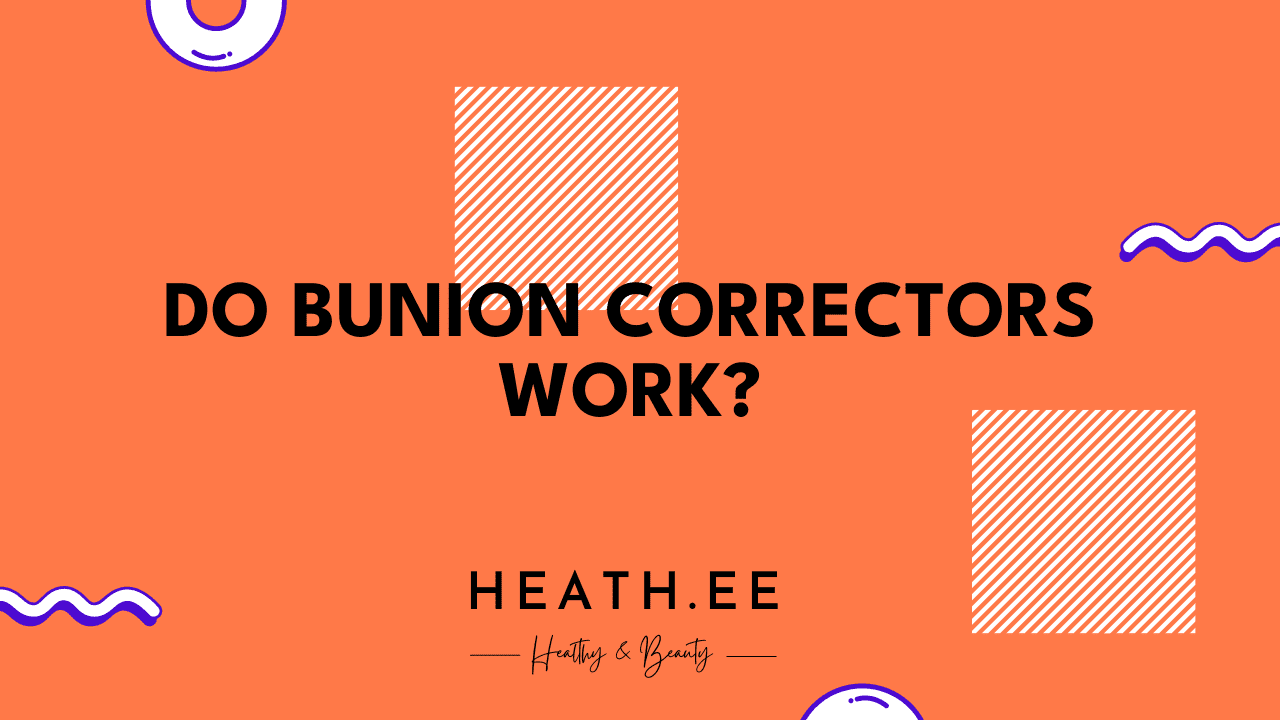Bunions are a common foot condition that can cause pain and discomfort. It is important to understand the causes of bunions and the available treatments. Do bunion correctors work? This article will provide a comprehensive guide to bunion treatments, orthotics, and surgery, as well as the effectiveness of bunion correctors.
What Are Bunions?
A bunion is a bony bump that forms on the side of the big toe. It is caused by a misalignment of the bones in the foot, resulting in the big toe pointing inward towards the other toes. Bunions can cause pain and discomfort, and can make it difficult to walk or wear shoes.

What Causes Bunions?
Bunions can be caused by a variety of factors. The most common cause is wearing shoes that are too tight or have a narrow toe box. Other causes include genetic factors, arthritis, and injuries.
What Are the Symptoms of Bunions?
The most common symptom of bunions is a bump on the side of the big toe. Other symptoms include redness, swelling, and pain in the area of the bunion. Bunions can also cause the big toe to become stiff and difficult to move.

Are There Any Treatments for Bunions?
There are several treatments available for bunions. The most common treatment is orthotics, which are custom-made shoe inserts designed to reduce pressure on the bunion. Other treatments include bunion pads, stretching exercises, and medications. Surgery is also an option for severe cases of bunions.
Do Bunion Correctors Work?
Bunion correctors are devices that are worn on the foot and designed to help correct the misalignment of the bones in the foot. They are typically made of foam or plastic and are designed to fit comfortably in most types of shoes. While bunion correctors can provide some relief from the pain and discomfort associated with bunions, they are not a cure-all. Studies have shown that bunion correctors may be effective in reducing the size of the bunion but may not be as effective in reducing pain.
What Are the Pros and Cons of Bunion Correctors?
There are both pros and cons to using bunion correctors. The main benefit is that they can help reduce the size of the bunion and provide relief from the pain and discomfort associated with bunions. However, they may not be as effective in reducing pain and may not be suitable for all types of shoes. They can also be uncomfortable to wear and may not be suitable for those with certain medical conditions.
Are There Any Alternatives to Bunion Correctors?
If you are looking for an alternative to bunion correctors, there are several other options available. Orthotics are custom-made shoe inserts designed to reduce pressure on the bunion. Stretching exercises can also help to reduce pain and discomfort. Surgery is an option for severe cases of bunions.
What Is the Best Way to Treat Bunions?
The best way to treat bunions is to identify the cause and take steps to reduce the pressure on the bunion. Wearing shoes with a wide toe box and avoiding tight-fitting shoes can help reduce the pressure on the bunion. Orthotics and stretching exercises can also help reduce pain and discomfort. If these treatments do not provide relief, surgery may be necessary.
Conclusion
Bunions can cause pain and discomfort and can make it difficult to walk or wear shoes. Treatments such as orthotics, stretching exercises, and medications can help reduce the pain and discomfort associated with bunions. Bunion correctors are also available, but they may not be as effective in reducing pain. Surgery is an option for severe cases of bunions. Ultimately, the best way to treat bunions is to identify the cause and take steps to reduce the pressure on the bunion.



